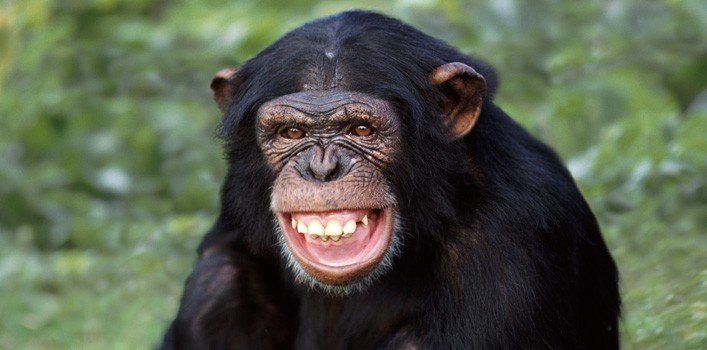
For at least four years, she will nurse and care for her offspring before cycling into estrus again. She will give birth only once every five years, on average. After a 7.5 month pregnancy, she will give birth usually to one offspring and rarely to twins. When a female is in estrus, she will mate with many males in the community, although higher-ranking males may try to protect her and fend off other suitors. Raising Youngįemale chimpanzees usually give birth to their first offspring in their early teens. Humans are the main predator that chimpanzees face. The status of an individual chimpanzee is often directly related to the hierarchical rank of its mother. Finding one’s place in the group is the first key to survival for a chimp, and the importance of following the rules of social etiquette can’t be underestimated. The most important way for any chimpanzee to make its mark, as already described, is within its group. Relations between communities are often antagonistic. Wandering chimps that enter another community’s territory are often violently attacked. Other chimps don’t do this because it can be dangerous business. Sometimes females in estrus venture into another community’s territory. Females in estrus may range widely, usually accompanied by many males. Females with offspring are more likely to stay put within a prescribed area. Males tend to move about more freely than females, using their community’s entire range. Males most often hunt cooperatively in groups, preying upon some fellow primates and other small to medium-sized mammals. They are primarily vegetarian but eat some meat as well. They will cover many miles in a day in order to feed. While they feed mostly in trees on fruit and other plant matter, they move from place to place on the ground, walking quadripedally on their knuckles. They spend at least half of their day feeding. Chimpanzees also have shown some capability, in captivity and with intensive training, to communicate symbolically through sign language.Ĭhimpanzees are diurnal, meaning that they are awake and active during the day. Just through facial expressions, chimpanzees can communicate fear, contentment, aggression, playfulness, submission, begging, excitement, and other states. They communicate extensively through body language as well. They vocalize a great deal, keeping in touch across long distances and alerting each other to food and threats through a variety of sounds. They also are very adept at predicting and manipulating the behavior of others.

They are capable problem solvers, they understand cause and effect, and they are tool makers as well as users. Social grooming, play, physical displays, and willingness to share food are some of the ways that chimpanzees form and maintain bonds with each other.Ĭhimpanzees have large brains relative to their body size. Only by learning appropriate behaviors will a chimp be tolerated by other members of the group and survive.
#Chimpanzee diet in captivity live food how to#
They watch their mothers and other members of the group and learn everything from them: how to feed, where to sleep, how to groom, how to “read” other chimps’ behaviors, and how to interact with others.

Their closest bonds are with their offspring.Ĭhimpanzees learn from birth how to get along in a group. Their bonds with other adults, whether male or female, are not as strong as those of males. Females also tend to be less sociable than males.

Males are larger and physically stronger than females, giving them the edge in dominance. Females also have their own dominance hierarchy, with an alpha female, but defer to males within the group. They are in constant competition with each other for rank.

Males form a dominance hierarchy, with an alpha male at the top. Within every group, social status is strictly established but always changing. Adult chimps sometimes transfer to a new group, but not often, as they usually face aggression as newcomers. Males tend to stay with the same group from birth, whereas females may move to a neighboring group when they reach adolescence. Individuals travel and feed in smaller groups within the community. “How I live there”Ĭhimpanzees are highly social animals that live in communities ranging up to a few hundred members. Less dense populations exist in other habitat types, including montane forests, seasonally dry forests, and savannah-woodlands. Diversity, Equity, Accessibility, and InclusionĬhimpanzees dwell mainly in the tropical rainforest belt of central Africa but are opportunistic enough feeders to survive in other habitats as well.


 0 kommentar(er)
0 kommentar(er)
